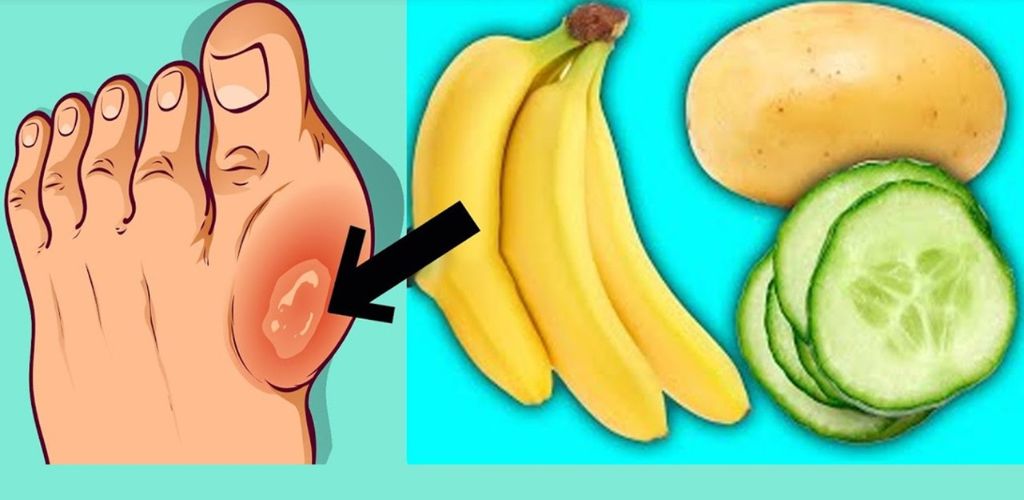03.03.2025
This is something everyone who has joint and bone pain should know!😲👆
It’s true that joint and bone pain is a common and often debilitating issue. While there’s no single “magic bullet,” there are several key things everyone experiencing this should know:
1. Understand the Potential Causes:
- Osteoarthritis: The most common form of arthritis, causing cartilage breakdown.
- Rheumatoid Arthritis: An autoimmune disease causing joint inflammation.
- Osteoporosis: Weakening of bones, increasing fracture risk.
- Injuries: Sprains, strains, fractures, and dislocations.
- Gout: A type of arthritis caused by uric acid buildup.
- Lupus: An autoimmune disease that can affect joints.
- Fibromyalgia: A chronic condition causing widespread pain.
- Vitamin D Deficiency: Important for calcium absorption and bone health.
2. Seek Professional Medical Advice:
- Don’t self-diagnose.
- A doctor can determine the underlying cause of your pain and recommend appropriate treatment.
- Early diagnosis and intervention can prevent further damage.
3. Lifestyle Modifications Can Make a Big Difference:
- Maintain a Healthy Weight: Excess weight puts extra stress on joints.
- Regular Exercise:
- Low-impact exercises like swimming, walking, and cycling are beneficial.
- Strength training helps support joints and bones.
- Consult with a doctor, or physical therapist before starting a new exercise routine.
- Healthy Diet:
- Consume a balanced diet rich in calcium, vitamin D, and omega-3 fatty acids.
- Include anti-inflammatory foods like fruits, vegetables, and fatty fish.
- Proper Posture: Good posture can reduce strain on joints and muscles.
4. Pain Management Strategies:
- Over-the-Counter Pain Relievers: NSAIDs or acetaminophen can provide temporary relief.
- Topical Creams: Capsaicin or menthol creams can soothe sore joints.
- Heat and Cold Therapy: Applying heat or cold packs can reduce pain and inflammation.
- Physical Therapy: A physical therapist can teach you exercises and techniques to manage pain.
- Alternative Therapies: Acupuncture, massage, and yoga may provide some relief.
5. Supplement Considerations:
- Calcium and Vitamin D: Essential for bone health.
- Glucosamine and Chondroitin: May help with osteoarthritis pain.
- Collagen: Some people find collagen supplements helpful for joint health.
- Omega-3 Fatty Acids: Can reduce inflammation.
- Important: Always consult with a doctor before taking any supplements.
6. Listen to Your Body:
- Avoid activities that exacerbate your pain.
- Rest when needed.
- Don’t push through severe pain.
7. Stay Informed:
- Learn about your specific condition.
- Stay up-to-date on the latest research and treatments.
- Join support groups to connect with others experiencing similar issues.
